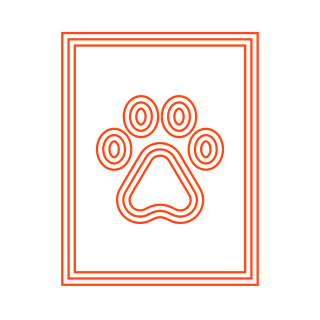Pox viruses (other than those listed by the OIE) (Infection with)

Poxviruses are linear, enveloped, double-stranded DNA viruses in the family Poxviridae, which is divided into two subfamilies: Chordopoxvirinae and Entomopoxvirinae. Additionally, there are several unclassified poxviruses in both subfamilies. The subfamily Chordopoxvirinae, which infects vertebrates, contains nine genera: Avipoxvirus, Capripoxvirus, Cervidpoxvirus, Leporipoxvirus, Molluscipoxvirus, Orthopoxvirus, Parapoxvirus, Suipoxvirus, and Yatapoxvirus. Viruses belonging to the Entomopoxvirinae family infect insects and will not be discussed at length in this technical card.
For the purpose of voluntary reporting on non OIE-listed disease in wildlife, “infection with poxviruses” refers to poxvirus infections in non-domestic species (other than those caused by crocodile poxviruses, which is reportable on a voluntary basis but is discussed individually in a separate technical card). Information on sheep and goat infections with poxviruses, myxomatosis, camel pox, and lumpy skin disease virus must be submitted through the mandatory reports for the OIE-listed diseases. There are separate technical cards available for: lumpy skin disease virus, crocodilepox virus, and sheep and goat poxviruses.

